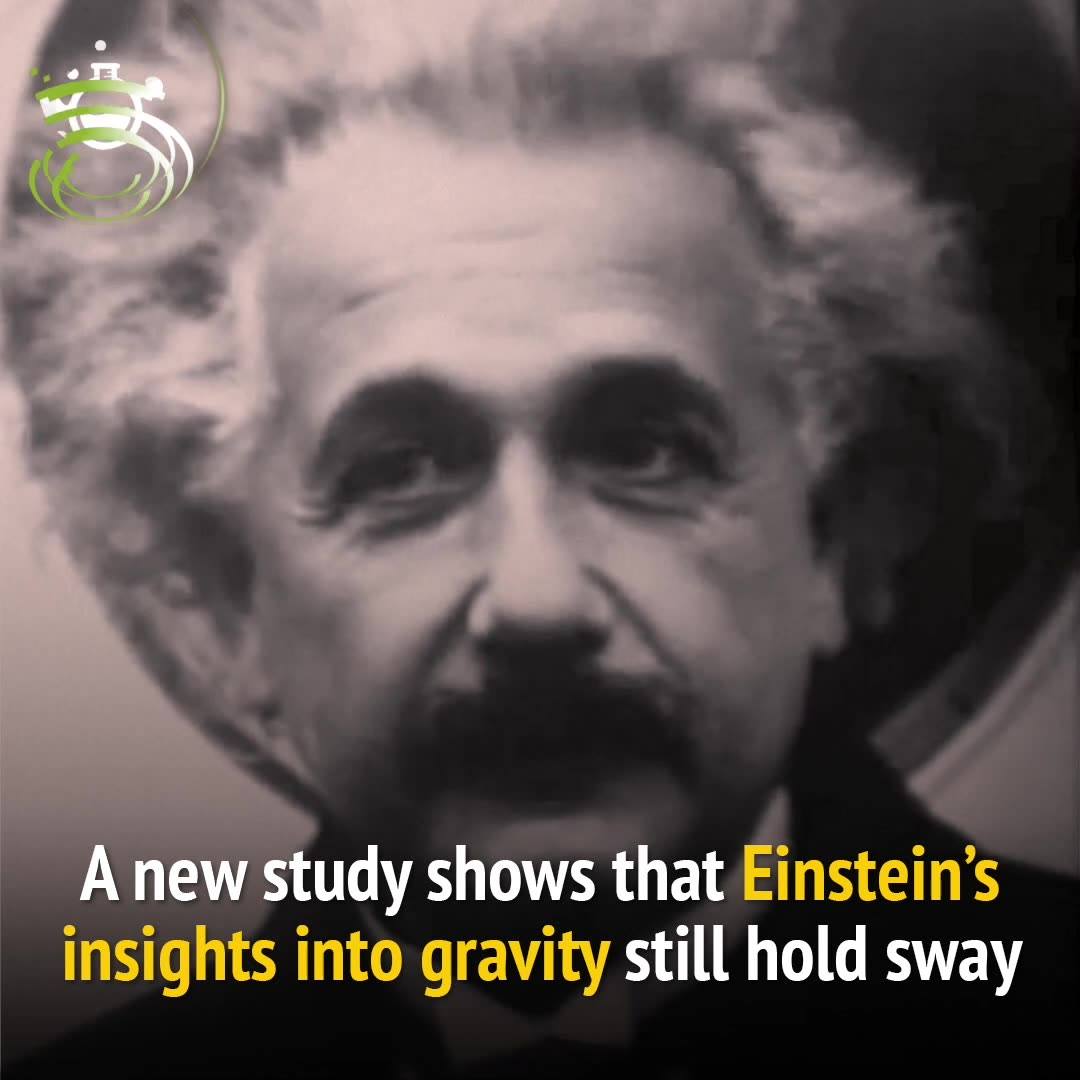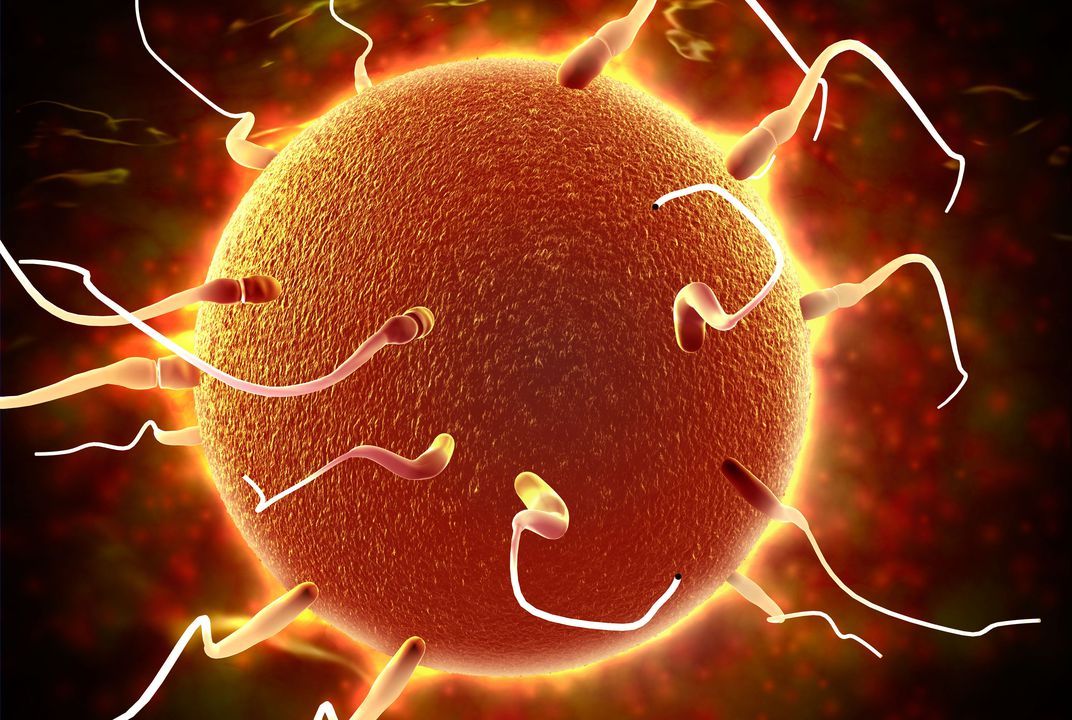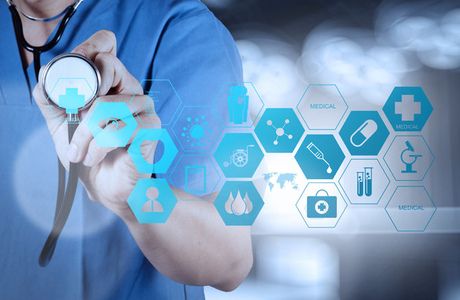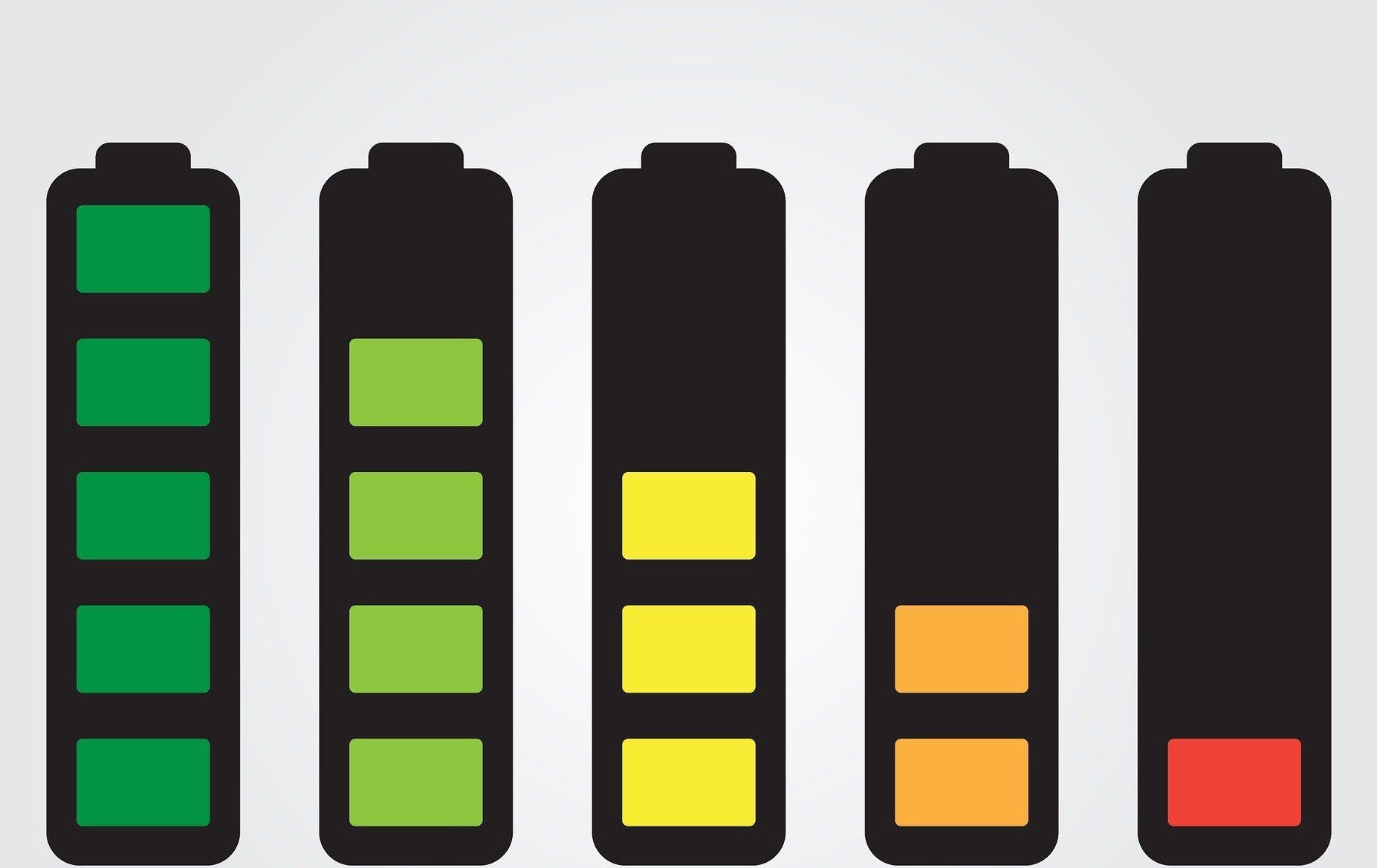Page 9983
Jul 26, 2018
Star’s black hole encounter puts Einstein’s theory of gravity to the test
Posted by Genevieve Klien in categories: cosmology, physics
For more than 20 years, a team of astronomers has tracked a single star whipping around the supermassive black hole at the center of our galaxy at up to 25 million kilometers per hour, or 3% of the speed of light. Now, the team says the close encounter has put Albert Einstein’s theory of gravity to its most rigorous test yet for massive objects, with the light from the star stretched in a way not prescribed by Newtonian gravity. In a study announced today, the team says it has detected a distinctive indicator of Einstein’s general theory of relativity called “gravitational redshift,” in which the star’s light loses energy because of the black hole’s intense gravity.
“It’s really exciting. This is such an amazing observation,” says astronomer Andrea Ghez of the University of California, Los Angeles (UCLA), who heads a rival group that is also tracking the star. “This is a direct test [of relativity] that we’ve both been preparing for for years.”
The star, called S2, is unremarkable apart from a highly elliptical orbit that takes it within 20 billion kilometers, or 17 light-hours, of the Milky Way’s central black hole—closer than any other known star. A team led by Reinhard Genzel at the Max Planck Institute for Extraterrestrial Physics (MPE) in Garching, Germany, has been tracking S2 since the 1990s, first with the European Southern Observatory’s (ESO’s) 3.6-meter New Technology Telescope in Chile’s Atacama Desert and later with ESO’s Very Large Telescope (VLT), made up of four 8-meter instruments. Ghez’s team at UCLA also began to observe the star around the same time with the twin 10-meter Keck telescopes in Hawaii.
Continue reading “Star’s black hole encounter puts Einstein’s theory of gravity to the test” »
Jul 26, 2018
Dads Pass On More Than Genetics in Their Sperm
Posted by Genevieve Klien in category: genetics
Seminal research reveals that sperm change their cargo as they travel the reproductive tract—and the differences can have consequences for fertility.
Jul 26, 2018
Cancer cells destroyed with two antipsychotic drugs
Posted by Genevieve Klien in category: biotech/medical
A new study shows that the antipsychotics perphenazine and fluphenazine can successfully destroy cancer cells in cell cultures and rodents.
Jul 26, 2018
New ‘Amazing Dragon’ Dinosaur Upends What We Thought We Knew About Sauropods
Posted by Genevieve Klien in category: futurism
Jul 26, 2018
I Can’t Wait to Break Samsung’s First ‘Unbreakable’ Display
Posted by Genevieve Klien in categories: computing, military, mobile phones
Samsung proudly announced today that its “unbreakable smartphone panel” has been certified by Underwriters Laboratories (UL). This means this ultra durable display is much closer to very profitable things like military and automotive contracts. But let’s be serious. Somebody’s gonna find a way to break this thing, and I hope it’s me.
The new display owes its anti-destructive tendencies to a couple of innovations. Samsung says that the OLED panel has “an unbreakable substrate.” (A substrate is basically the coating that holds the display’s organic material, cathodes, and diodes together.) Additionally, the Samsung display uses a flexible new type of plastic that won’t crack like glass. So you can supposedly drop it, smash it, and bend it without breaking the display.
Jul 26, 2018
Sony Wants Your Next Smartphone to Have a 48MP Camera
Posted by Shailesh Prasad in categories: computing, food, mobile phones
By providing an ultra-high native resolution chip with built-in binning of pixels, Sony hopes to let smartphone users have their cake and eat it too — both amazing detail and good low-light performance.
Jul 26, 2018
How artificial intelligence is changing the pharmaceutical industry
Posted by Alexandros El in categories: biotech/medical, information science, robotics/AI
But the great potential of artificial intelligence shall become fully clear when considering its possible applications to drug discovery. It seems an era ago since the Human Genome Project was completed in 2003; since then, sequencing capabilities and softwares for data analysis rapidly established themselves as the new paradigm for drug discovery thanks to the increasing availability of IT technologies and the institutional and governmental support to big data analytics’ policies.
The exponential growth of the market
The annual growth rate of the market of artificial intelligence for healthcare applications has been recently estimated by Global Market Insights to be 40% CAGR (Compounded Average Growth Rate) per year up to 2024, starting from a value on $ 750 million in 2016.
Continue reading “How artificial intelligence is changing the pharmaceutical industry” »
Jul 26, 2018
New class of materials could be used to make batteries that charge faster
Posted by Bill Kemp in categories: mobile phones, sustainability, transportation
Researchers have identified a group of materials that could be used to make even higher power batteries. The researchers, from the University of Cambridge, used materials with a complex crystalline structure and found that lithium ions move through them at rates that far exceed those of typical electrode materials, which equates to a much faster-charging battery.
Although these materials, known as niobium tungsten oxides, do not result in higher energy densities when used under typical cycling rates, they come into their own for fast charging applications. Additionally, their physical structure and chemical behaviour give researchers a valuable insight into how a safe, super-fast charging battery could be constructed, and suggest that the solution to next-generation batteries may come from unconventional materials. The results are reported in the journal Nature.
Many of the technologies we use every day have been getting smaller, faster and cheaper each year—with the notable exception of batteries. Apart from the possibility of a smartphone which could be fully charged in minutes, the challenges associated with making a better battery are holding back the widespread adoption of two major clean technologies: electric cars and grid-scale storage for solar power.

















